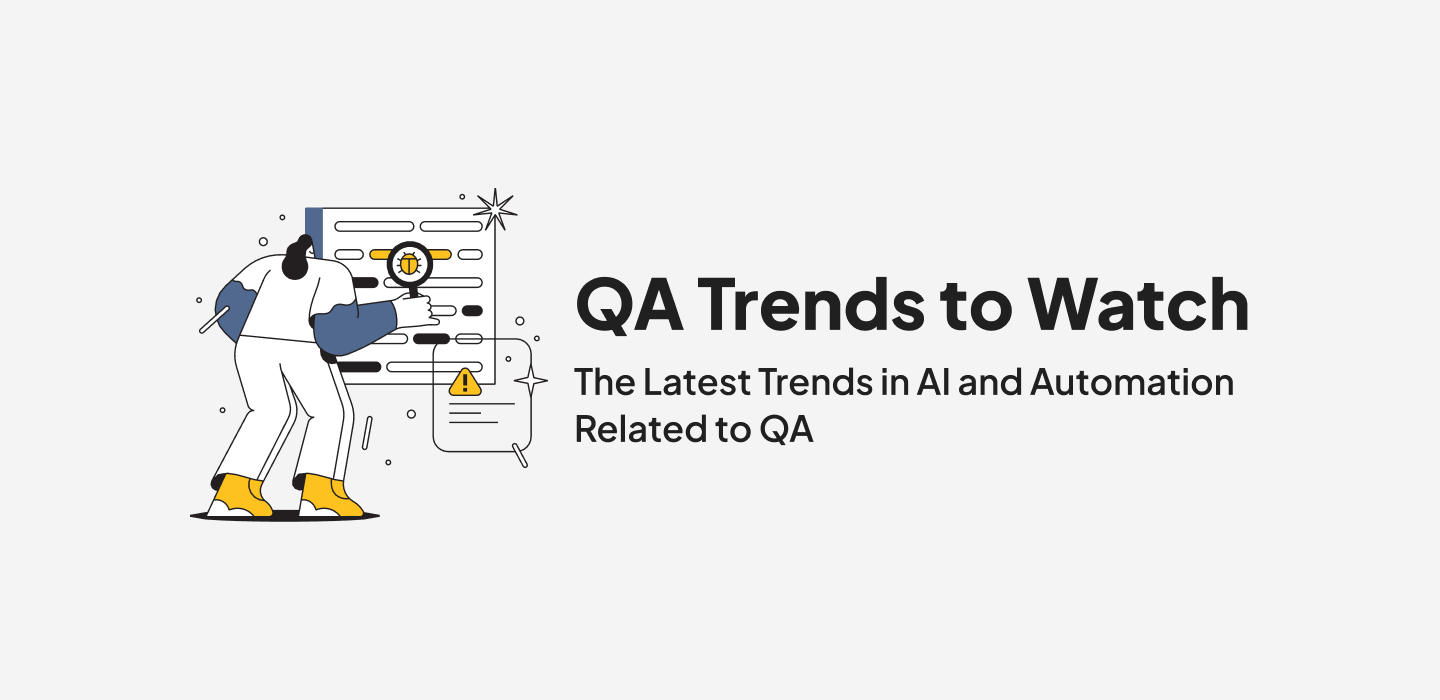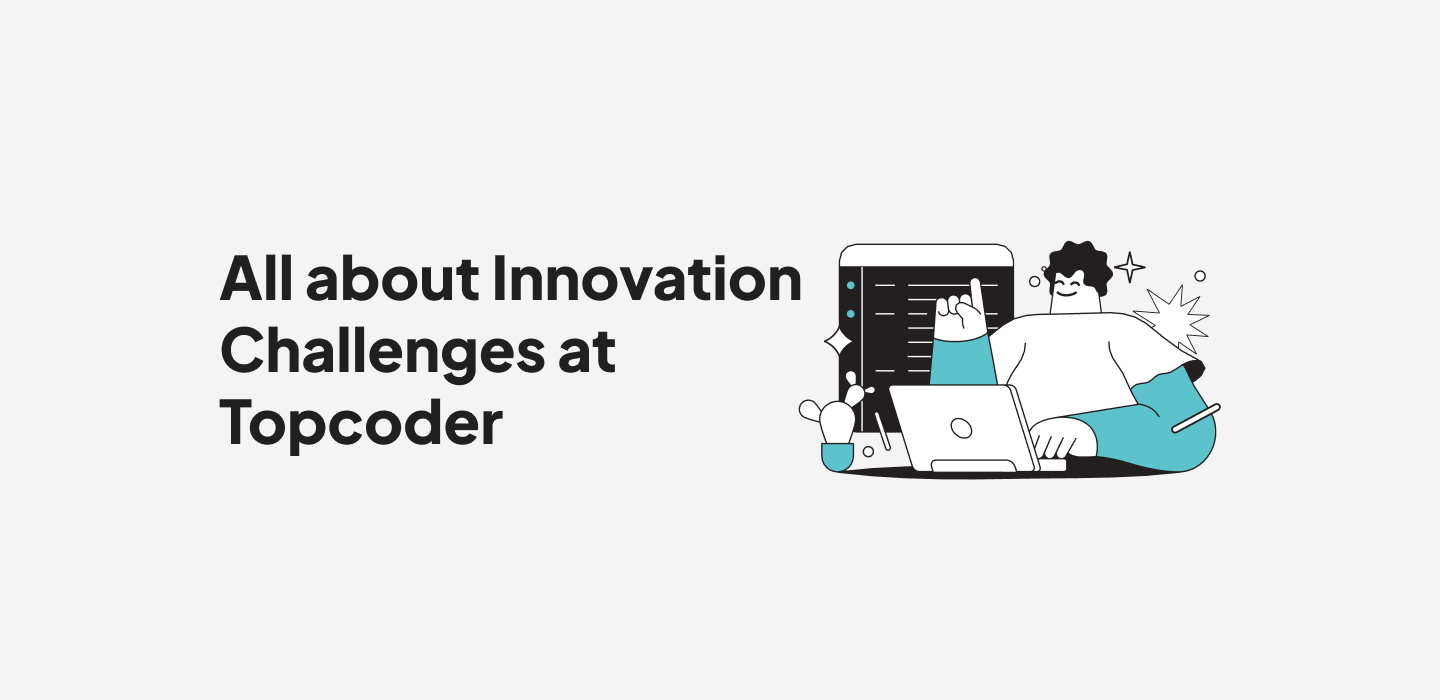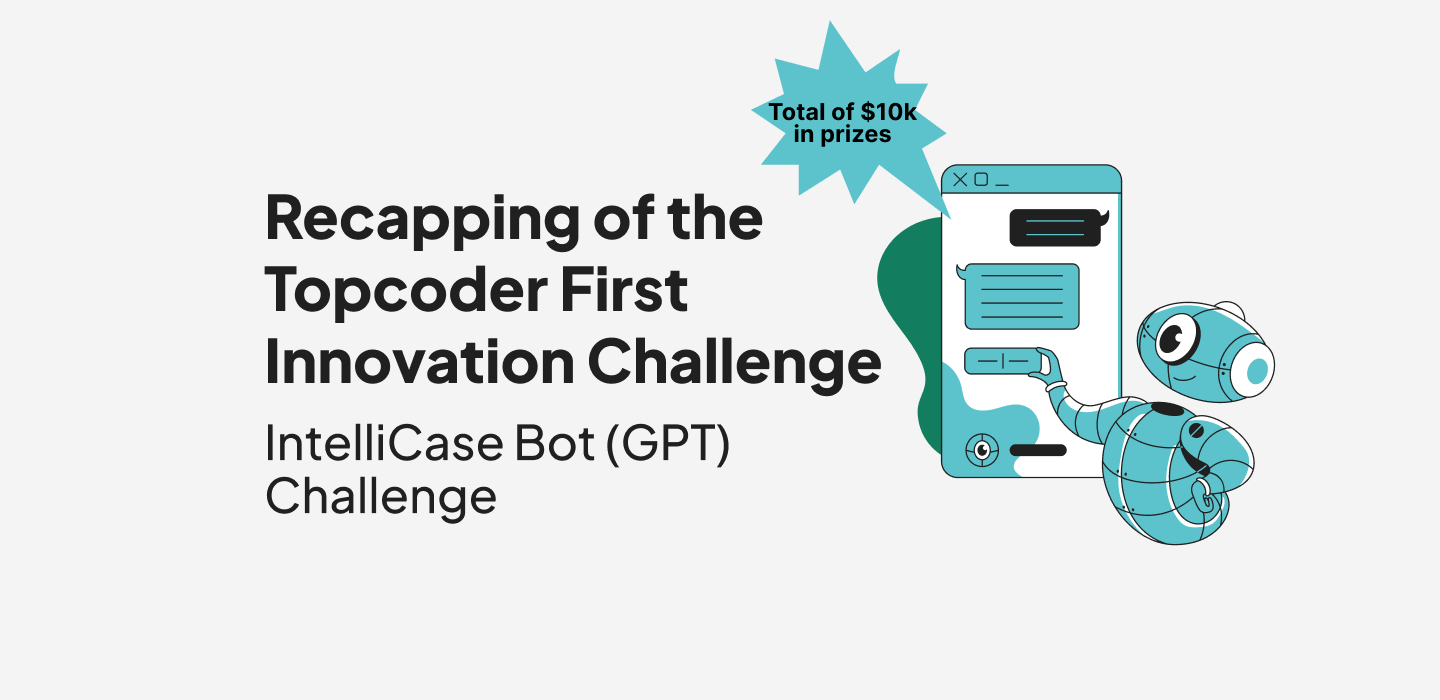September 16, 2020 SpaceNet 7: Assessing Urbanization and Advancing Foundational Mapping with on demand talent

The open innovation project SpaceNet aims to create accurate machine learning algorithms that can identify building blueprints and road networks from satellite imagery. Since 2016, SpaceNet has leveraged the Topcoder community to create these algorithms, and solve an increasingly complex series of geospatial mapping problems. Each SpaceNet challenge results in algorithms that could prove useful in disaster relief and non-commercialized mapping. Spacenet 7: Multi-Temporal Urban Development Challenge—is now live.
What does that actually mean? We’ll explain…
WHAT’S NEW IN SPACENET 7
SpaceNet 7 seeks to identify and track buildings in a time series of satellite imagery collected over rapidly urbanizing areas. Challenge participants will be asked to track individual building construction over time, thereby directly assessing urbanization. The ability to uniquely identify buildings in dynamic locales and observation environments (e.g. clouds, haze, seasonality) directly from overhead imagery will be of great utility in one of SpaceNet’s key goals: advancing foundational mapping. Timely, high-fidelity foundational maps are also critical to a great many domains including disaster response planning and population estimation.
Beyond its relevance for disaster response, disease preparedness, and environmental monitoring, SpaceNet 7 poses a unique challenge from a computer vision standpoint because of the small pixel area of each object, the high object density within images, and the dramatic image-to-image difference compared to frame-to-frame variation in video object tracking. The stakeholders of this contest believe this challenge will aid efforts to develop useful tools for overhead change detection.
CosmiQ Works’ blog, The DownLinQ, provides additional background information on this challenge, and an overview of the dataset used in the challenge.
WHERE WE’VE BEEN—THE SPACENET CHALLENGE SERIES SO FAR
Each SpaceNet challenge has built on the advances of the last, getting incrementally more complex and resulting in more useful computer vision solutions over time:
- In SpaceNet 1, the Topcoder community developed automated methods for extracting building footprints from Maxar’s high-resolution satellite imagery.
- SpaceNet 2 drew on much more data and multiple new imagery formats.
- SpaceNet 3 challenged participants to detect and map road networks across four cities.
- SpaceNet 4 focused on automating mapping from off-nadir imagery.
- SpaceNet 5 tested challenge participants to automatically extract road networks and routing information from satellite imagery.
- SpaceNet 6 had participants automatically extract building footprints with computer vision and AI algorithms using a combination of synthetic aperture radar (SAR) and electro-optical (EO) imagery datasets.
Hear the origin story of SpaceNet and about the results of the series so far in this Uprisor podcast conversation.
Learn more and register to compete in SpaceNet 7 here.
Thanks to our partners at In-Q-Tel, CosmiQ Works, Maxar Technologies, Intel AI, Amazon Web Services (AWS), Capella Space, and Planet.
Alexa Baray


